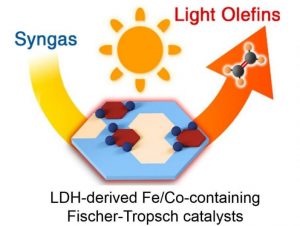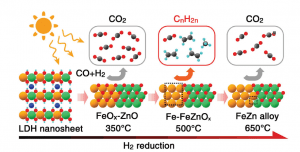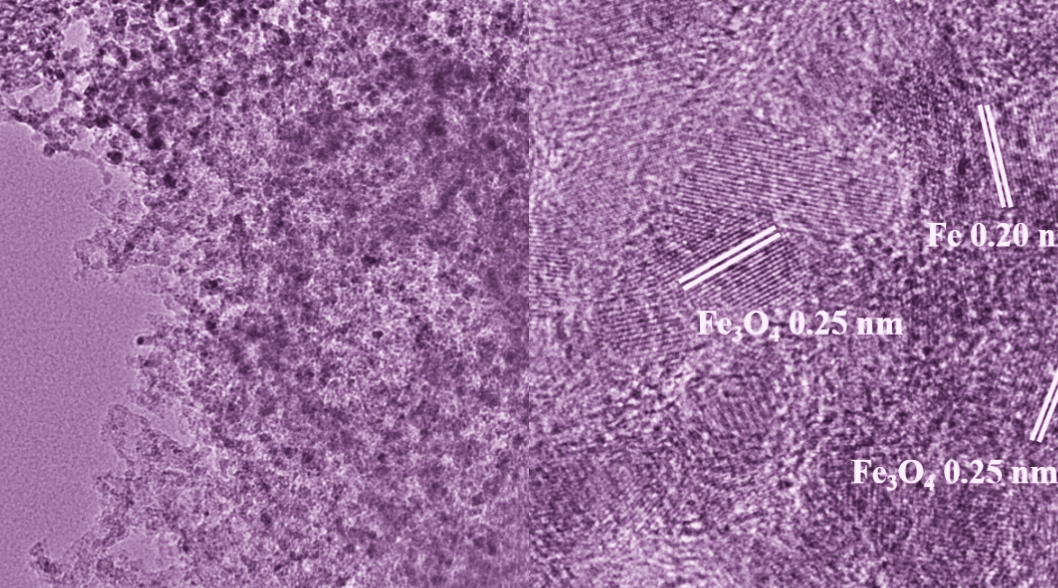Fischer–Tropsch Synthesis (FTS) is a cornerstone of today’s chemical industry, widely used to manufacture valuable hydrocarbons from carbon monoxide. Over the past few decades, various Fe/Co-based catalysts have been developed for CO hydrogenation to hydrocarbons, though these typically require quite harsh reaction conditions (210–350 °C, 1–3 MPa) to achieve meaningful CO conversions and product yields. Traditional thermal FTS is energy intensive, with the required input energy typically sourced from fossil fuels. Accordingly, traditional FTS carries a significant carbon footprint and is not sustainable in the long term, motivating the search for novel and more environmentally friendly FTS processes. Solar-driven FTS has recently attracted attention as a possible alternative for CO hydrogenation to hydrocarbons. To date, there have been no reports of solar-driven CO hydrogenation to olefins based on non-precious metal catalysts, motivating research in this area.

Tierui Zhang (Technical Institute of Physics and Chemistry, Chinese Academy of Sciences), Ding Ma (Peking University), Xiaodong Wen (Institute of Coal Chemistry, Chinese Academy of Sciences) and colleagues recently synthesized a series of Fe or Co-containing heterostructured catalysts by partial H2 reduction of layered double hydroxide (LDH) nanosheet precursors at temperatures between 300–700 °C.
The compositional flexibility of LDH materials offers a robust platform for engineering heterostructured FTS catalysts with tailored C–C coupling and hydrogenation abilities. H2 reduction of ZnFeAl LDH nanosheets at 500 °C yielded a heterostructured photocatalyst with outstanding selectivity for CO hydrogenation to olefins (olefin/paraffin of ~4.7) under light irradiation. Conversely, H2 reduction of ZnCoAl-LDH nanosheets at 450 °C yielded a photothermal catalyst with excellent selectivity for CO hydrogenation to olefins under light irradiation. The discovery of two different systems for CO hydrogenation of olefins, based on distinct photocatalytic and photothermal pathways, suggests the great potential of LDH materials in the development of improved FTS catalysts.
Using similar synthetic strategies based on the reduction of LDH nanosheet precursors, it is expected that various other novel Fischer–Tropsch catalysts could be developed for efficient solar-driven CO hydrogenation to olefins and other valuable chemical feedstocks.

















